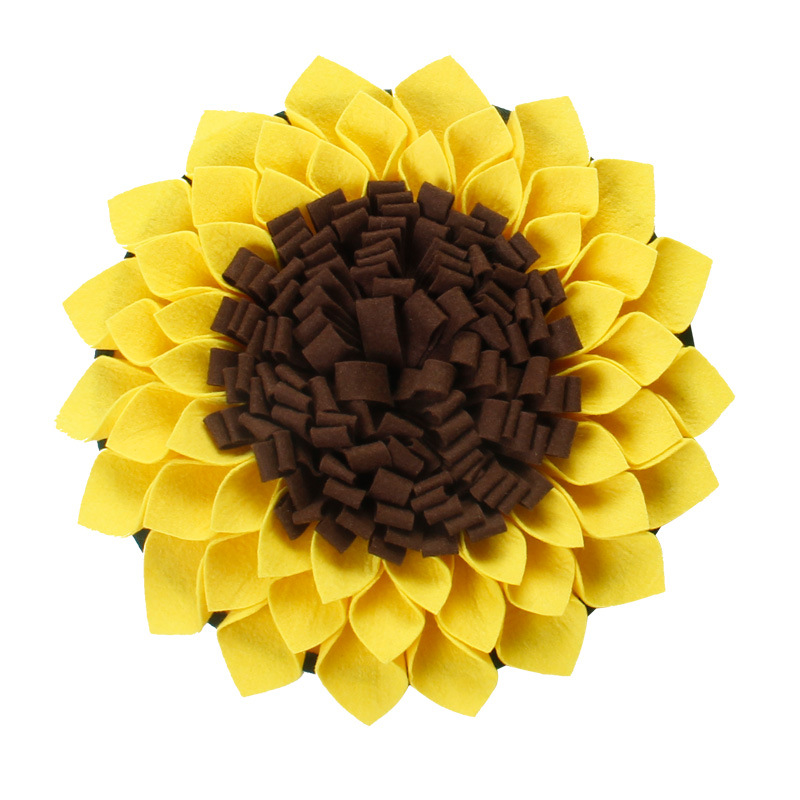The Benefits of Using Felt for Acoustic Panels
In recent years, the quest for better sound quality in various environments has led to a surge in the use of acoustic panels. Among the materials available for these panels, felt has emerged as a popular choice due to its unique properties and aesthetic appeal. This article will explore the benefits of using felt for acoustic panels, highlighting its sound absorption capabilities, environmental friendliness, and versatility in design.
Exceptional Sound Absorption
One of the primary purposes of acoustic panels is to minimize sound reverberation and echo within a space. Felt, being a dense and fibrous material, excels in sound absorption. It effectively traps sound waves and reduces the amount of noise that bounces off surfaces in a room. This is particularly important in spaces such as conference rooms, music studios, and home theaters, where clarity and sound quality are paramount.
Felt panels can absorb a wide range of frequencies, making them suitable for various applications. Whether it’s the low rumble of bass in a music studio or the higher frequencies of speech in a meeting room, felt can significantly enhance the acoustic quality of the environment. The installation of felt acoustic panels can transform a noisy space into one where conversations can be held comfortably, music can be enjoyed without distortion, and overall sound quality is improved.
Environmentally Friendly
In today’s world, sustainability is a crucial consideration for many consumers and businesses. Felt is often made from recycled materials, particularly recycled plastics, which makes it an eco-friendly choice for acoustic panels. By opting for felt, individuals and organizations can reduce their environmental footprint while still addressing their sound management needs.
Furthermore, felt panels are typically manufactured with low VOC (volatile organic compounds) emissions, making them a healthier option for indoor air quality. This attribute is especially important for educational institutions, healthcare facilities, and residential settings where air quality can significantly affect well-being.
Versatility in Design
felt for acoustic panels

Beyond its functional benefits, felt offers a wide range of aesthetic opportunities for design. Available in various colors, textures, and thicknesses, felt can be customized to fit any interiors. This versatility allows designers and architects to create visually appealing environments while enhancing acoustic performance.
Felt acoustic panels can be used in a variety of forms, from wall-mounted panels to ceiling tiles, and can even be integrated into furniture design. The soft texture of felt adds warmth to a space, making it feel more inviting and comfortable. Additionally, the ability to choose from an array of colors enables designers to match acoustic solutions with the overall decor of the room.
In creative spaces like art studios or trendy cafes, felt panels can serve as eye-catching design elements that contribute to the overall atmosphere. The flexibility of felt in terms of shape and size allows for innovative installations, from geometric configurations to organic shapes, further enhancing the visual interest of the environment.
Easy Maintenance and Longevity
Another advantage of felt acoustic panels is their durability and ease of maintenance. Felt is generally resistant to wear and tear, ensuring that the panels retain their appearance and effectiveness over time. Cleaning is straightforward—most felt panels can be vacuumed, and some can even be spot cleaned with mild detergent.
This low-maintenance feature is particularly beneficial for high-traffic areas where acoustic panels may need regular upkeep. Furthermore, because felt is naturally resistant to moisture and mold, it is an excellent choice for environments that may experience fluctuations in humidity.
Conclusion
In summary, felt is an excellent material for acoustic panels, offering exceptional sound absorption, environmental sustainability, design versatility, and ease of maintenance. As the demand for improved acoustics grows in various settings, the use of felt panels will likely continue to rise. By choosing felt for acoustic solutions, individuals and businesses can create spaces that are not only acoustically pleasing but also visually appealing and environmentally responsible. Whether in a corporate office, a cozy home, or a vibrant creative space, felt acoustic panels provide a practical and stylish answer to modern acoustic challenges.
